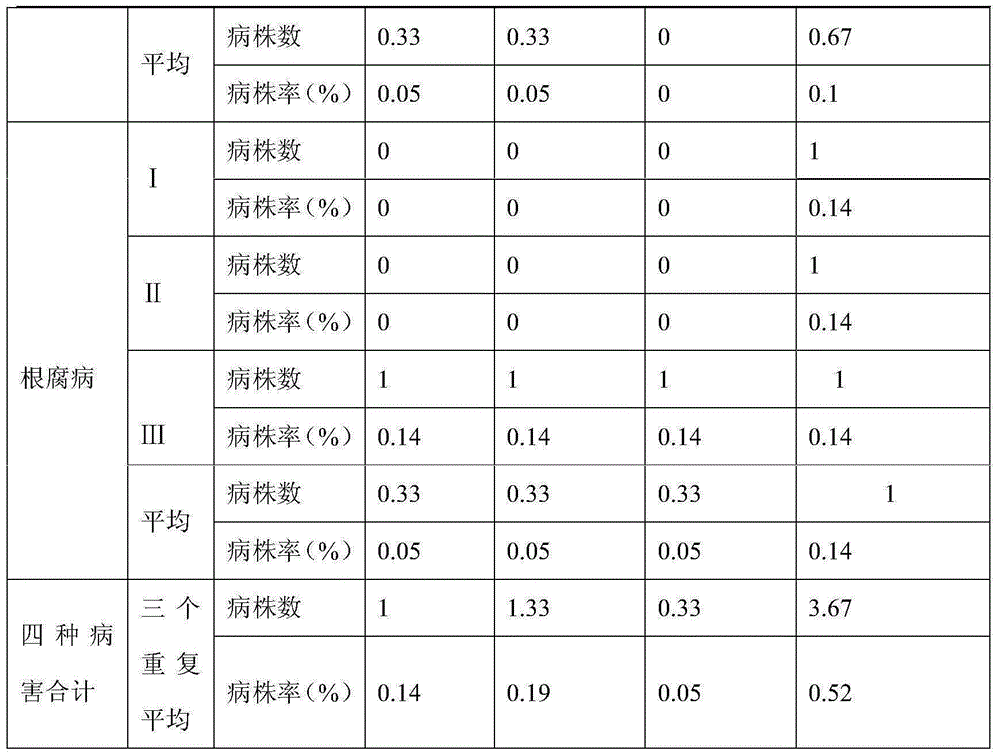Returning-to-field treatment technology for green stalks of peppers planted in greenhouse
A processing technology, pepper technology, applied in greenhouse vegetable straw processing and utilization, greenhouse pepper green stalk returning processing technology field, can solve environmental pollution, waste of resources, inconvenient crop rotation and other problems, to reduce environmental pollution, save labor, save cost effect
- Summary
- Abstract
- Description
- Claims
- Application Information
AI Technical Summary
Problems solved by technology
Method used
Image
Examples
Embodiment Construction
[0016] The present invention will be described in detail below in conjunction with specific examples, but the protection scope of the present invention is not limited to the following examples.
[0017] 1 Materials and methods
[0018] 1.1 Test material
[0019] Greenhouse spring advance pepper green stalks
[0020] 1.2 Test site
[0021] The core demonstration area of greenhouse pepper production in a certain city.
[0022] 1.3 stubble arrangement
[0023] The main planting mode of the city's greenhouses is "early spring + late autumn", and peppers are grown twice a year. Early spring peppers: planted in early October, planted in early February of the following year, listed in early and mid-April, closed in late June; autumn-delayed peppers: planted in early July, planted in early and mid-August, listed in mid-September, December The park strikes in the middle of the month. There is a fallow time of 40-60 days between the stop of peppers in early spring and the planti...
PUM
 Login to View More
Login to View More Abstract
Description
Claims
Application Information
 Login to View More
Login to View More - R&D
- Intellectual Property
- Life Sciences
- Materials
- Tech Scout
- Unparalleled Data Quality
- Higher Quality Content
- 60% Fewer Hallucinations
Browse by: Latest US Patents, China's latest patents, Technical Efficacy Thesaurus, Application Domain, Technology Topic, Popular Technical Reports.
© 2025 PatSnap. All rights reserved.Legal|Privacy policy|Modern Slavery Act Transparency Statement|Sitemap|About US| Contact US: help@patsnap.com



